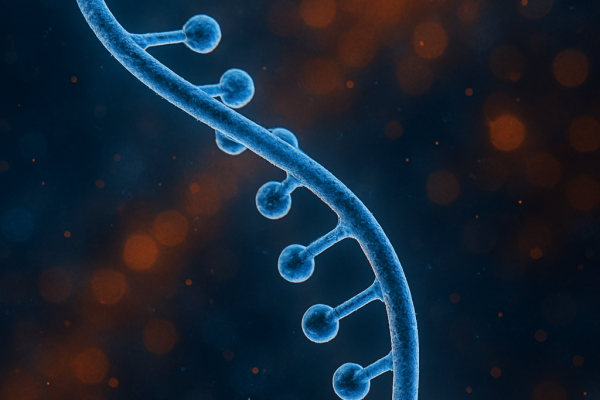Advanced Transcriptomics Solutions
Bulk RNA-seq
Gene expression quantification
Sycomia delivers accurate gene expression quantification using bulk RNA-seq data. Our pipeline processes raw reads to generate normalized expression levels, enabling differential expression analysis, biomarker discovery, and pathway insights across conditions or treatments.
Differential expression analysis
Sycomia uses advanced statistical tools to identify genes with significant expression changes. We apply robust models, adjust for confounders, and control false discovery rates to deliver reliable, biologically meaningful results.
Pathways, GO-terms, GSEA analyses
Sycomia performs functional enrichment analyses, including Gene Ontology (GO), pathway mapping, and Gene Set Enrichment Analysis (GSEA). We identify overrepresented biological processes, molecular functions, and pathways to help interpret gene expression changes and uncover underlying mechanisms.
Fusion transcript detection
We identify gene fusion events from RNA-seq data using sensitive algorithms tailored to detect chimeric transcripts. Our pipeline distinguishes true fusions from artifacts, aiding cancer research and biomarker discovery by revealing novel or clinically relevant fusion genes.
De novo transcriptome reconstruction
Using short/long reads RNA-seq data, Sycomia reconstructs transcripts to identify new genes (including non-coding genes) and isoforms. This approach enhances genome annotation by uncovering previously unannotated transcripts and expanding understanding of gene diversity.
RNA-seq deconvolution
Our Bioinformatics team uses advanced computational methods to deconvolute bulk RNA-seq data, estimating the proportions of different cell types within complex tissue samples. This reveals cellular composition and dynamics, providing deeper insights into heterogeneous biological systems.

Single cell RNA-seq

Cell type clustering & annotation
We perform comprehensive single-cell RNA-seq analysis by clustering cells based on gene expression profiles and accurately annotating cell types. Our approach uncovers cellular heterogeneity, identifies rare populations, and helps interpret complex biological systems.
Trajectory inference & pseudotime
Our Bioinformaticians reconstruct cell fate pathways from single-cell RNA-seq data by ordering cells along a pseudotime axis. This reveals dynamic processes like differentiation and lineage progression, helping to understand temporal changes in complex cell populations.
RNA velocity
We leverage RNA velocity to predict the future state of individual cells. This method reveals dynamic cellular processes and transient states, offering insights into cell fate decisions and developmental trajectories.
Multi-modal integration
Our team is able to integrate multi-omics single-cell data, including CITE-seq and REAP-seq, combining RNA expression with protein marker information. This comprehensive analysis provides a richer understanding of cell identity, function, and heterogeneity in complex biological samples.
Spatial transcriptomics
Spatial repartition of cell types
Our Bioinformaticians map the precise location and distribution of different cell types within tissue samples using spatial transcriptomics data. This spatial insight helps reveal tissue architecture, cell–cell interactions, and microenvironment influences critical for understanding development and disease.
Cell type clustering & annotation
Our experts analyze spatial transcriptomics data to cluster cells based on their gene expression profiles while preserving their spatial context. We accurately annotate cell types within tissues, enabling detailed mapping of cellular organization and microenvironment interactions.
Cells boundaries definition
We use advanced image analysis and spatial transcriptomics data to accurately define cell boundaries within tissue sections. Precise delineation of cells enables detailed spatial mapping, improving the resolution of cellular interactions and tissue organization studies.
Cell-cell interaction
Our team identifies and characterizes interactions between different cell types by integrating gene expression and spatial data. This analysis uncovers communication networks and signaling pathways that drive tissue function, development, and disease progression.
